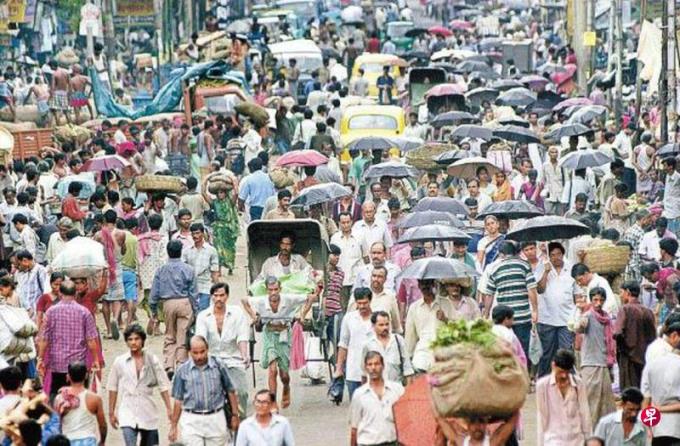
(New Delhi) Many Asian economies such as China and Japan are facing aging problems. Now even India, the largest country in the world, is unable to be spared, and has begun to worry about the decline in fertility.
A report from Asia in the Nikkei, a recent research released by the willow -leaf knife in the medical period shows that the fertility rate of India has decreased from nearly 6.2 in 1950 to 2021 lower than 2. It is expected that the 2050 will drop to 1.29.By 2100, it dropped to 1.04.It is generally believed that the level of fertility is 2.1, that is, an average of 2.1 children per woman.
Experts point out that for New Delhi decision makers, the rapid decline in fertility and extension of the expected life expectancy will bring multiple challenges, including providing sufficient social security and medical care for the elderly, and creating employment opportunities for them.
The gap between the rich and the poor in India and the social imbalance of the long -term heavy men and women may make the problem more complicated.
Mutja, chairman of the Indian Population Foundation, pointed out that although there are still decades since these challenges, we should now take action immediately to stimulate the economic policy of growth and creation of employment, as well as social security and pension reform, To adapt and reduce the impact of the decline in fertility.
Despite the decline in fertility, the United Nations predicts that the Indian population will surpass 1.6 billion in 2050.Indian decision makers have long emphasized that they will be able to obtain huge economic benefits from a huge working age population, but now the question is how India should maximize the population advantage before caught in a middle income trap.The medium -income trap refers to that when the per capita income of a country reaches the middle level of the world, due to the failure to achieve the transformation of the economic development mode, the growth momentum is insufficient, and the economic stagnation eventually occurs.
Some experts are worried that India may be difficult to avoid this trap, because the trend of fertility rate will only exacerbate the gap between the rich and the poor.Economist Guma said that there are more children in poor families than rich families, but they cannot enjoy high -quality education and have a high rate of unemployment. This will trigger a disaster for the population, resulting in the advantages of India's unable to play a lot of labor.
Guma also pointed out that the decline in fertility rate in India is more common, which will cause obvious imbalances between regions.Increasingly.
Experts point out that there is a series of factors behind India's fertility rate, including obesity, stress, smoking and pollution.Research by NOVA of healthcare companies shows that India's fertility rate has decreased by 20%in the past ten years, and about 30 million people have been troubled by infertility.In addition, more and more couples in India choose to choose delayed fertility for professional reasons, which is also one of the reasons for the reduction rate of fertility.




